Women At Coastal Helm Walk the Talk
The California coast is always changing. Of course, there are the ebbs and flows of tidal and ocean processes that regularly change our coast. But lately, there are bigger forces at work — climate change is leading to more extreme weather which has already had dramatic impacts on our coasts and shores.
Also changing are the people running some of the major agencies involved in protecting and preserving our coasts. This year, a record number of women hold leadership positions. With them comes a fresh approach to coastal management that emphasizes collaboration and softens conventional boundaries between work and homelife — all with the hope of making our coasts more resilient and accessible to all.
I recently sat down with a few of the women leading the efforts to protect California’s coasts.
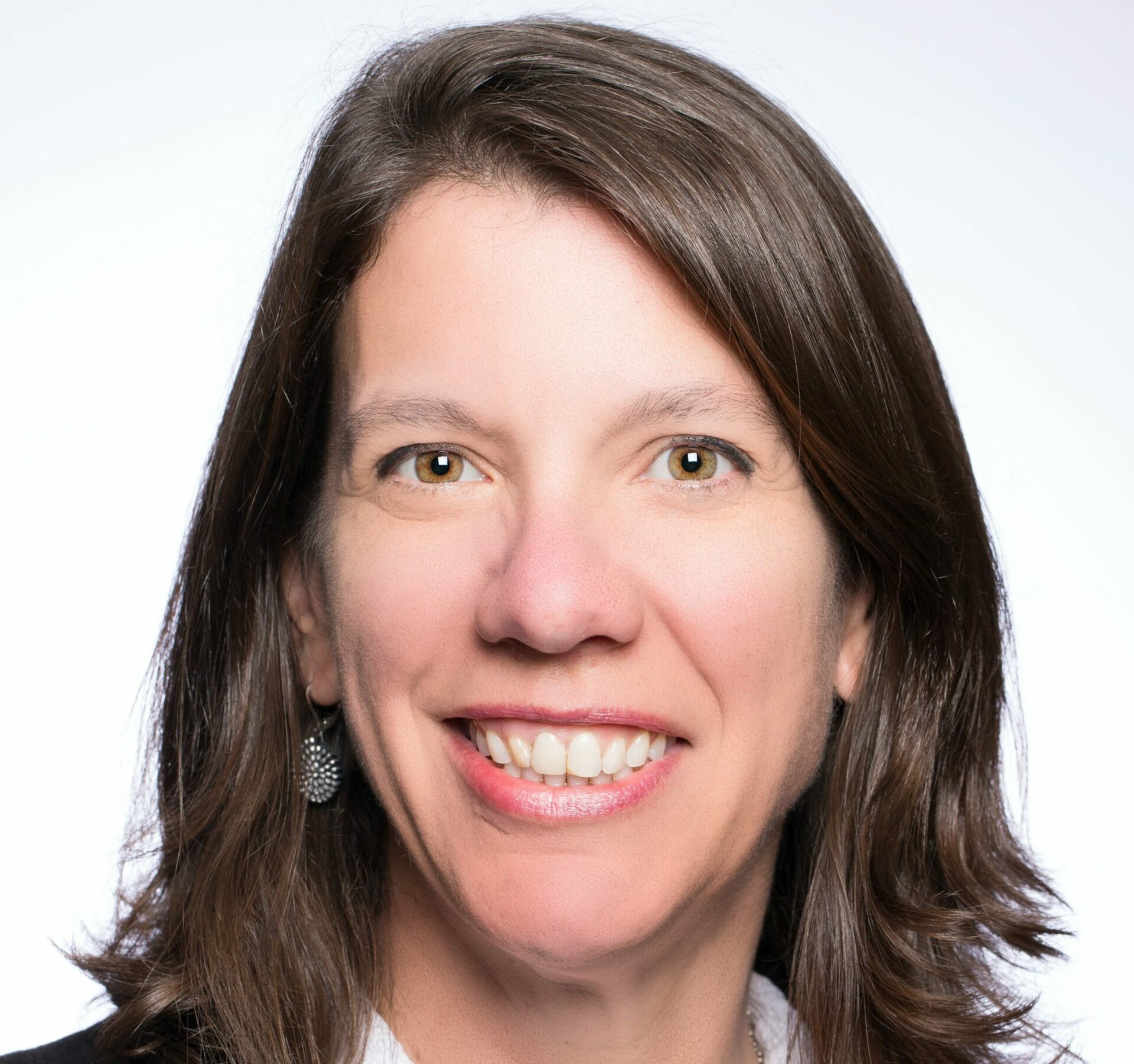
Amy Hutzel Executive Officer of the California Coastal Conservancy
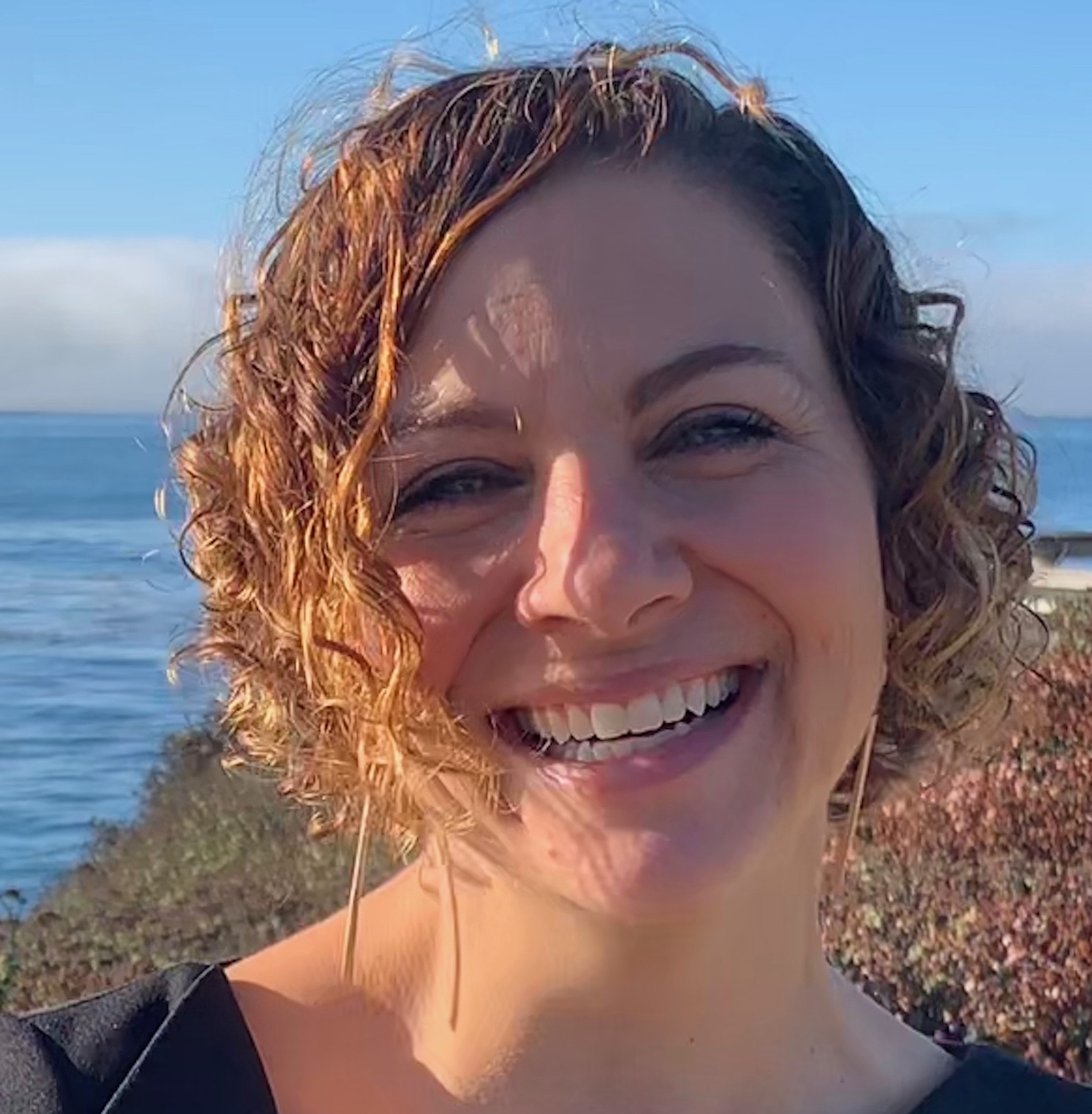
Jenn Eckerle Executive Director, Ocean Protection Council
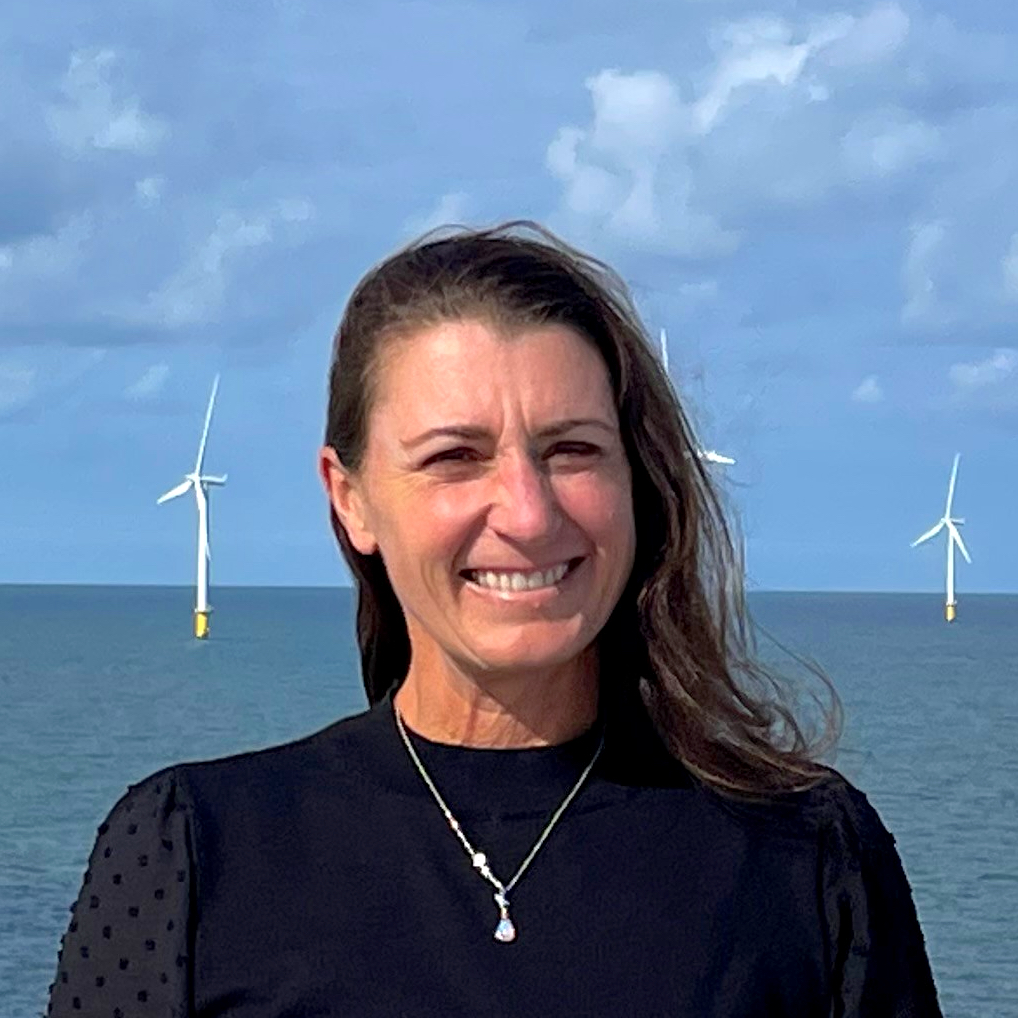
Jennifer Lucchesi Executive Officer, State Lands Commission
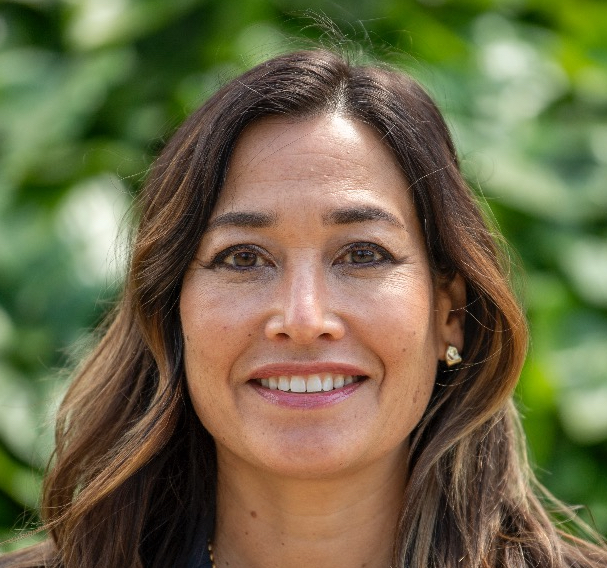
Noaki Schwartz Deputy for Equity and Environmental Justice for the California Natural Resources Agency
Read the transcript
The California coast is always changing. Of course, there are the ebbs and flows of tidal and ocean processes that regularly change our coast. But lately, there are bigger forces at work — climate change is leading to more extreme weather which has already had dramatic impacts on our coasts and shores.
Also changing are the people running some of the major agencies involved in protecting and preserving our coasts. This year, a record number of women hold leadership positions. With them comes a fresh approach to coastal management that emphasizes collaboration and softens conventional boundaries between work and homelife — all with the hope of making our coasts more resilient and accessible to all.
I recently sat down with a few of the women leading the efforts to protect California’s coasts.
Amy Hutzel: I spent a lot of my childhood exploring the Ohio River and lakes and open space … We camped a lot. We boated a lot, we spent a lot of time you know, swimming in the Ohio River and in lakes.
Jenn Eckerle: For as long as I can remember, I’ve just had this deep personal connection with the ocean, and it’s just driven my professional career and my education, and I’m really passionate about working to protect it.
Jennifer Lucchesi: I have always loved the water. I love the ocean. I’m an open water swimmer I lifeguarded at our human made lake in the East Bay town I grew up in. So I’ve always felt a real connection to our ocean and our coasts. And then my mother actually was a public servant. So public service, in that regard, was always part of our family.
Noaki Schwartz: I grew up with a mother who’s an immigrant, and you see a lot of things when you have a parent who’s an immigrant … I actually have always been someone who has been really concerned about the idea of people being left out, or people being mistreated, and really just making sure and doing what I could and really thinking hard about the voices that are left out.
After time spent as an environmental reporter, Schwartz joined the Coastal Commission and eventually helped lead the development of their environmental justice policy.
Noaki Schwartz: It really changed my life. I hadn’t really looked at things through a policy lens before. And it really made me realize that this is, at least in government, this is how things get done. And this is really kind of where you can make important and kind of lasting changes, and really, you know, have an impact on people’s lives.
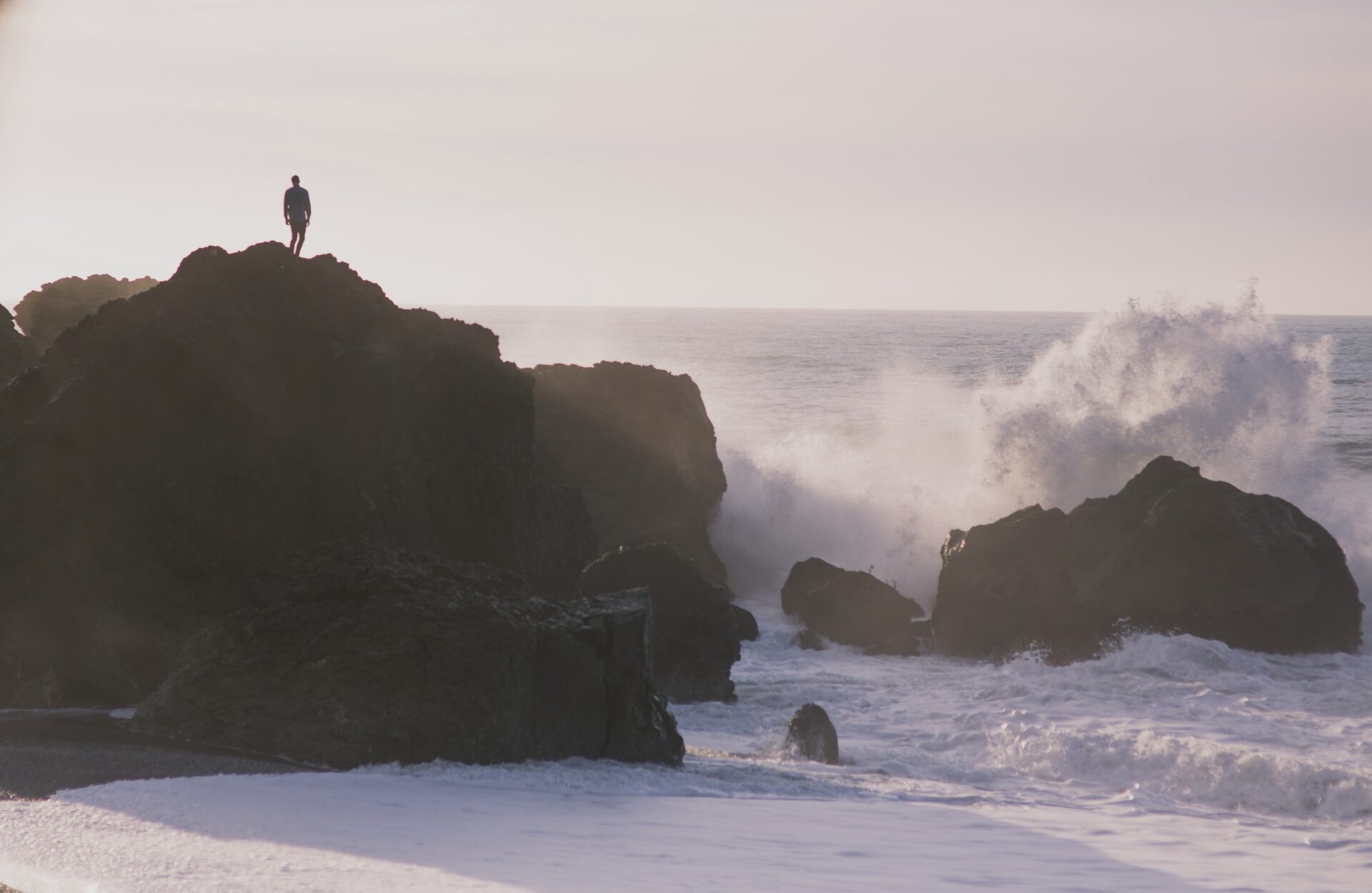
Photo: Elijah Hiett, Unsplash.
California’s coast is one of the most protected in the country. As a native Californian, the coast — whether it’s the sunny beaches in the south or the rugged terrain of the north — it just feels like it’s a part of my identity.
Jenn Eckerle: Anyone who has ever been to California or knows anything about it, knows that our coastline is that iconic, right? It’s part of our culture and our DNA. And it provides a place of spirituality, ceremony and recreation. It also drives our $44 billion economy. And it’s home to extraordinary marine life and habitats, from kelp forests to blue whales. And in the face of climate change, it’s really important that we take bold action to conserve biodiversity and ocean health to protect all of these values that are really important for both residents and visitors alike.
And not only are our coasts nearly synonymous with California, they also occupy a large proportion of the overall terrain.
Amy Hutzel: California definitely has a very large coast, especially when you take into account all the bays and estuaries. So we’re talking about thousands of miles. And the Coastal Conservancy is very focused on protection and restoration of the California coast and on making sure that people can access the coast.
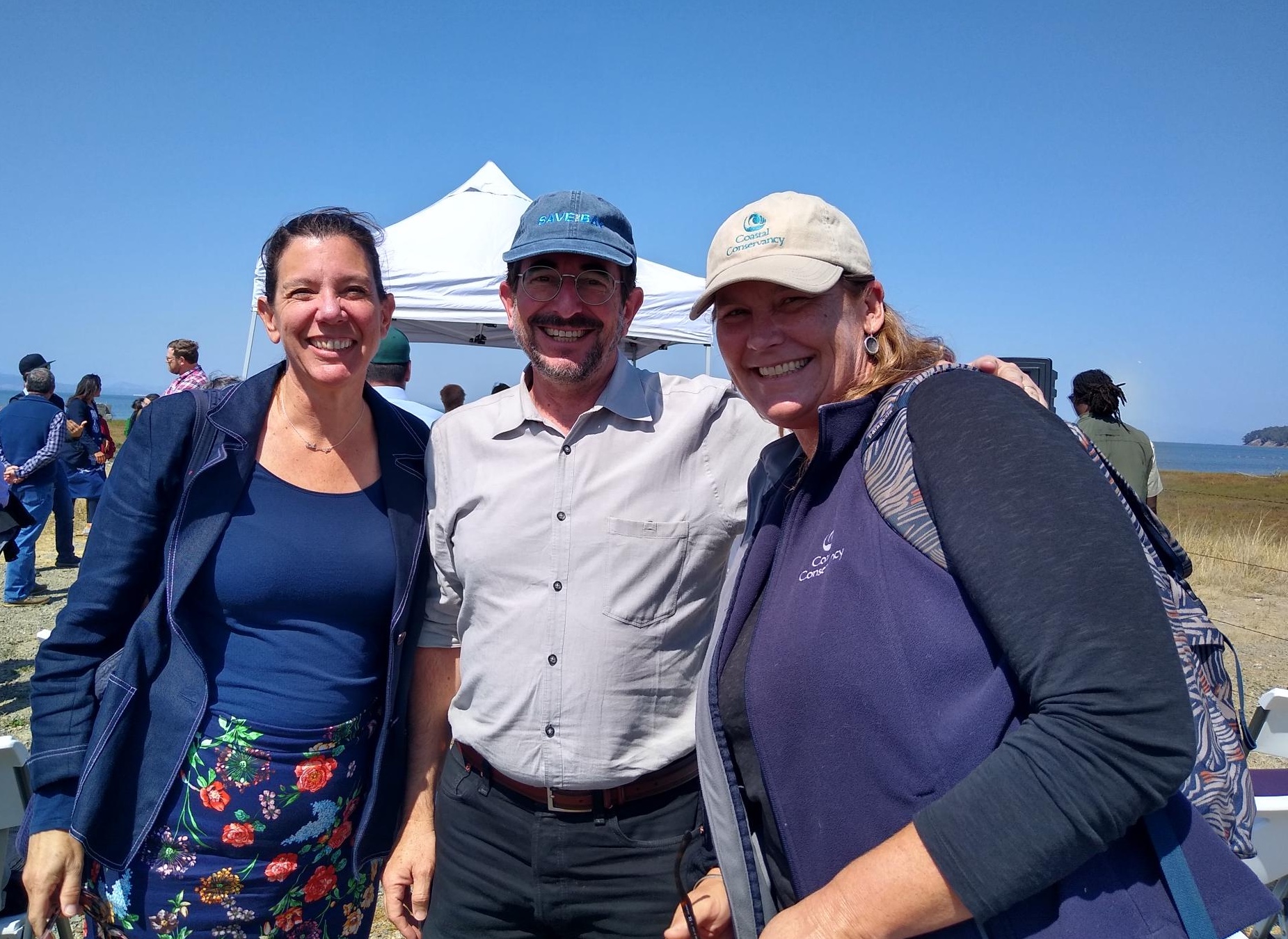
Photo: The Coastal Conservancy’s Amy Hutzel (left) and Marilyn Latta (right) with Save the Bay’s David Lewis.
Despite all the people and policies working to protect the state’s treasured coast, it’s still in danger. Erosion, sea level rise, and extreme storm events are already threatening the industries, homes, and natural ecosystems that depend on a healthy coast — not to mention the hiking trails, boat launches, and recreation areas that we water-loving humans use to enjoy the surf and sand.
Amy Hutzel: Just this winter, we have had a series of major storm events in California, these atmospheric rivers. And, you know, there is some relationship between these atmospheric rivers and climate change. It’s not sea level rise, but these extreme storm events. And we have seen a lot of damage along the California coast. And I think some of that damage was somewhat expected, but perhaps expected, you know, decades from now.
According to Hutzel, there is a natural variability in the ocean: things like temperature and tides fluctuate. But climate change is generating more extremes in our weather, especially warming and rainfall events. And these changes can have really big effects. And a solution that might work well for one coastal location likely won’t solve the problem in another spot.
Jennifer Lucchesi: These storms have highlighted our need to rethink those traditional approaches of fighting back against nature, and instead trying to learn how we work with nature. So for example, Westcliffe Drive in Santa Cruz was severely damaged by about 20 foot waves and major erosion. And the land below the road eroded and essentially collapsed into the ocean. So this is really spurring a lot of conversations about what this road, what Westcliffe Drive, should become long term? Do we rebuild it as before? Do we risk this happening again? Or do we all work together to reimagine other ways to rebuild this area for other uses, like a coastal trail or a park for walking and biking?
These winter storms — and how we react and prepare for them — hint at what’s ahead.
Jenn Eckerle: Those events will become more frequent and more intense over time. And so what we’re trying to do is make sure that the state is prepared and is adapting to build coastal resilience. And that looks like you know, potentially moving infrastructure out of harm’s way. It means restoring wetland habitat that can provide a buffer, and really just making sure that we’re providing investment and support to local communities to prioritize their needs in their adaptation planning.
Noaki Schwartz: And it’s really important that people have access to nature, particularly, you know, underserved communities of color, because it really affects people’s health, and there’s much higher rates of health problems related to, you know, lack of good food and lack of access to exercise and nature.
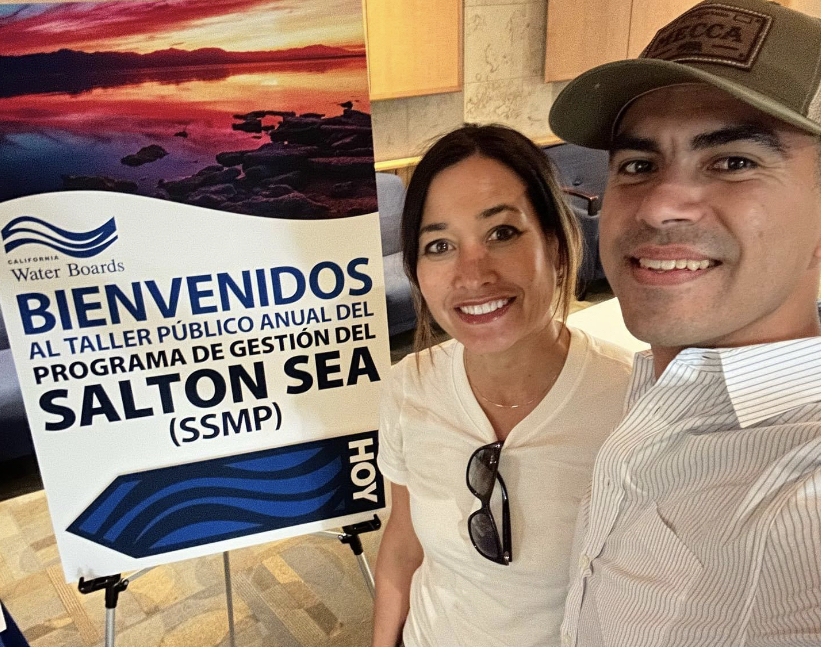
Photo: The Natural Resources Agency’s Noaki Schwartz with Moises Moreno-Rivera, the Deputy Secretary for Environmental Justice, Tribal Affairs and Border Relations at CalEPA.
Schwartz holds the first position overseeing state coastal and environmental agencies that’s specifically tied to equity and environmental justice. It’s not a terribly new concept for the government, but having this official position at this level is a big step towards integrating the ideas and this philosophy into the work that’s being done.
Noaki Schwartz: I think that there’s a lot of technical terms and technical definitions for environmental justice out, but to me it’s really about making sure that all people have environmental protections and are really involved in the environmental decision making.
For Schwartz, the concept of environmental justice, as it relates to California’s coasts, hits, literally, close to home.
Noaki Schwartz: I live in Long Beach, and for me, you know, the home that I live in right now, as a person of color, I couldn’t actually purchase this home back in the 1950s, because of language and contracts that really prevented owners from selling or even renting to any person of African or Asiatic descent or to any person out of white or Caucasian race. And, the federal government’s Fair Housing Association at the time even formalized this process to include this kind of language and subdivision contracts. And this is just one decision, but it’s these kinds of decisions that really limited access to housing, to beaches, and other to public amenities for communities of color. And we can still see the reverberations of this today.
And so part of Schwartz’s job with the Natural Resources Agency is to break down these barriers. She’s working to embed the principles of environmental justice, equity, diversity, and inclusion into the work of the agency and its 26 member departments.
Noaki Schwartz: I see my position is really to try and make sure that folks are able to access the best of California. So the beaches and the mountains, and all of the, just, environmental richness that California has, and that you shouldn’t need to have a certain address or zip code in order to access.
We know that not all Californians have equal access to California’s natural resources. To make matters even worse, these communities have also been historically excluded from decision-making processes that affect their lives.
And while we all can be a part of the solution, Schwartz and Hutzel both say that there is one group in particular that seems poised to lead the way.
Noaki Schwartz: Government played a huge role, in kind of institutionalizing those policies. And it’s really going to be, from my perspective, the role of people in government to really help to try and begin the process of unwinding all those policies.
Amy Hutzel: There are still these underlying, you know, systemic issues that have impacted, generations of people. So what can government do to address those? And not just thinking about it in a reactive way, but really, like, every one of your policies, whether it’s an internal HR policy, a contracting policy, the way you give out grants, the partners that you work with to develop projects, the way you plan projects. I mean thinking about all of this stuff through a lens of racial equity. It’s hard and, you know, we’re still early in that process. But I think we’re making some strides.
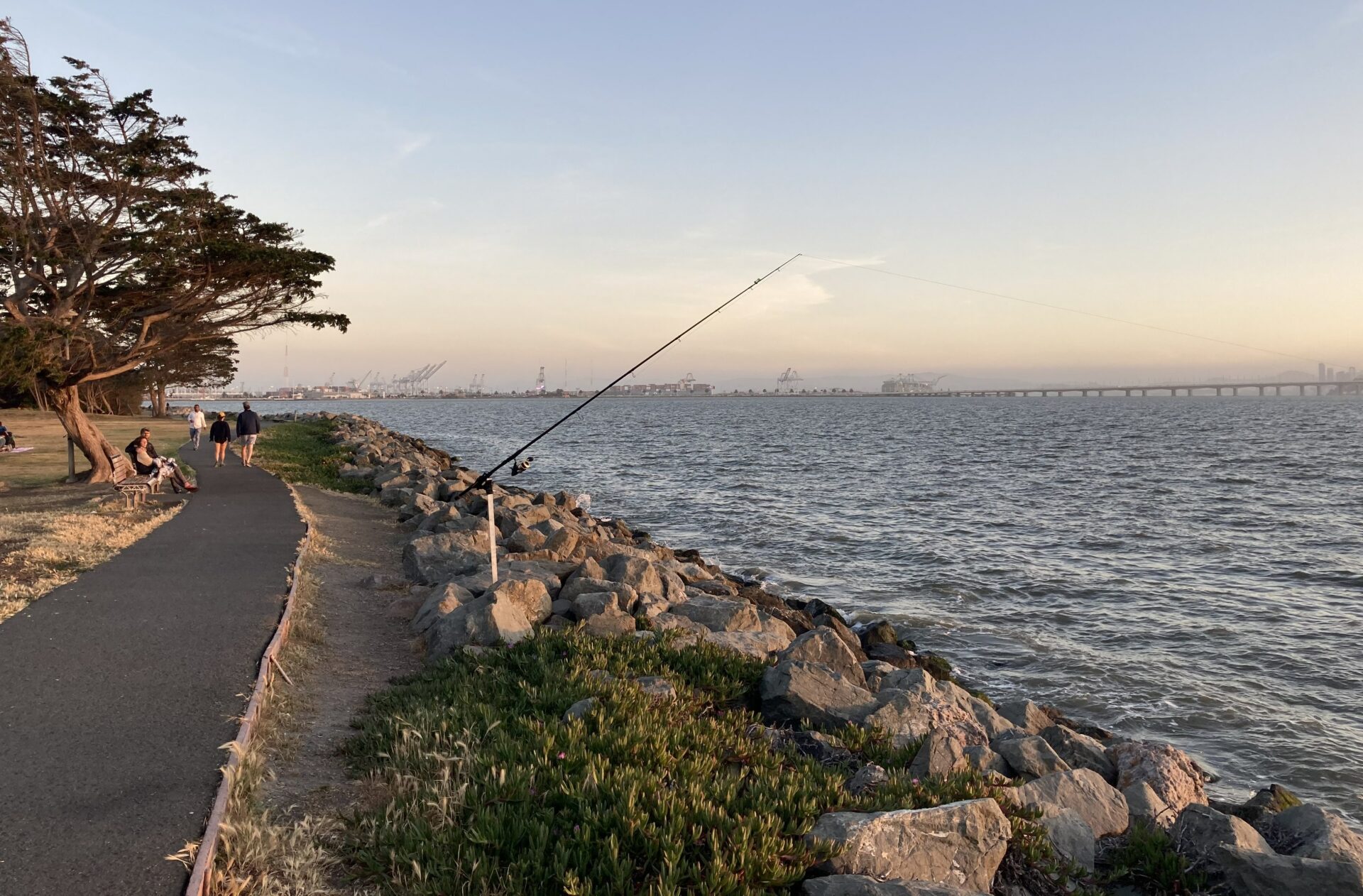
Photo: Highly accessible Bay Trail along Oakland’s coast. Photo: California Coastal Conservancy.
A few key pieces of legislation have been put into place more recently. One of them is the Newsom administrations’ Equity Executive Order, which requires all state departments and agencies to embed equity into their missions, policies and practices.
Noaki Schwartz: And it does this by essentially looking at regulating development proposals and sort of looking at what kinds of things are proposed to be developed on the coast and then applying the Coastal Act, which is one of the most stringent environmental laws in the country. But up until recently, the Commission just really kind of looked at things through a lens of “how is this proposal going to affect the plants and animals?” And then in 2016, the agency got the authority to look at, “how is this going to affect underserved communities?” So, you know, for example, we’ve seen on the coasts and elsewhere that under-resourced communities are often the site of most industrial development. So for the first time ever, the agency can really consider, “hey, should this industrial development really go in this community? And what’s the impact going to be?”
Another initiative, Eckerle says, is California’s commitment to “30 by 30.” This is a state initiative to conserve 30% of land and coastal waters by 2030. For Eckerle, the state partnering with federal agencies and tribal communities to make sure that we’re all working in the same direction is critical for success.
Jenn Eckerle: There’s going to be more power in that collective expertise and resource. You know, pooling all of our resources. So, the Ocean Protection Council has this really ambitious strategic plan that addresses four goals around climate change, equity, biodiversity, and the sustainable blue economy. And the goal of that is, you know, to protect California’s coast and ocean. So that serves as our roadmap and pulling all of the efforts of our sister state agencies — and right now we have a legislature that really cares about building resilience.
One of the biggest challenges to preparing our coasts for the future, Eckerle says, is that the state has a lot of priorities right now. Each needs immediate attention, funding, and action — but there’s something about our coast that is especially challenging.
Jenn Eckerle: The impacts that are facing the coast either seem really far away or beneath the surface and are not visible. I think that that is a challenge for us. And if you’re not deep in this work and understanding the science and the resulting impacts and the need for action, I think it is easy to focus on those things that are right in front of us right now.
To address the challenges our coast faces, Jennifer Lucchesi from State Lands says, we need to break down the silos and develop a cohesive strategy.
Jennifer Lucchesi: We have had to change our approach on multiple levels. So, our various state agencies that have responsibilities for managing the lands and regulating the land subject to sea level rise have historically done so in a very siloed manner. We have our own jurisdiction and authority and we kind of stay within those parameters and approach each project or each issue solely from our perspective. I think over the past number of years, the administration as well as each of the agencies have worked really, really hard to bring us all together so that we’re leveraging each other’s authority and jurisdiction in a coordinated way. So that we’re protecting the resources, protecting the values that are important to Californians, but also creating a certainty of process for applicants and our stakeholders. And so it’s really kind of one state acting together, as we try to address these challenges.
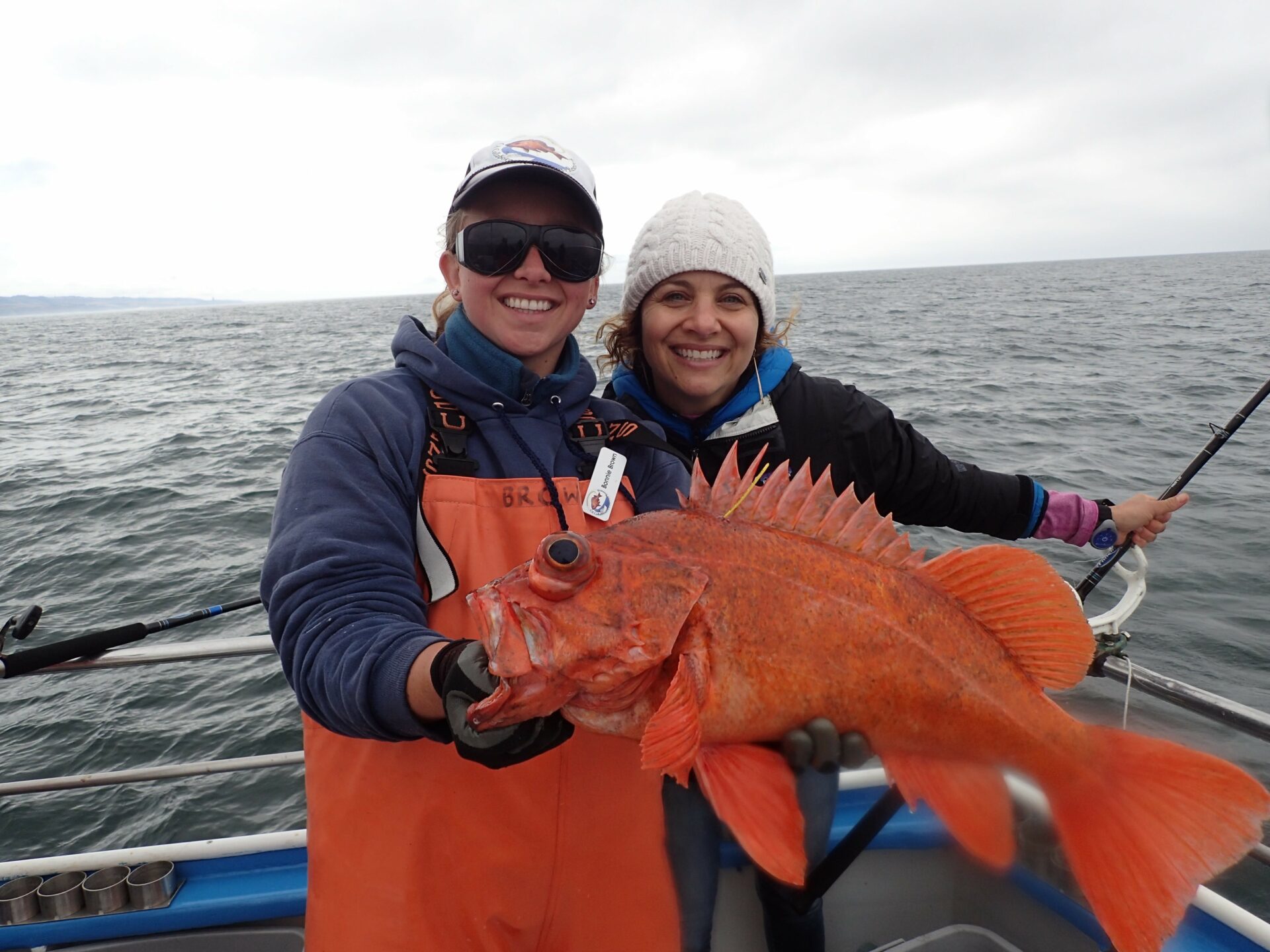
Photo: The Ocean Protection Council’s Jenn Eckerle with a vermillion rockfish and Bonnie Brown of the California Collaborative Fisheries Research Program.
With the funding and the support that they have now, these leaders reflect on what it’s like working in a scientific field that’s more challenging and more diverse than ever before. The work they’re doing today builds upon the strides made by the male leaders who came before them — and these female executives are excited for what’s ahead.
Jenn Eckerle: When I reflect on it, it’s true: we have broken a glass ceiling in this space, right, and we’re serving, I hope, as a model not only for young women but really all young professionals who want to do this work.
Jennifer Lucchesi: What I really, really love about my job and working with the team I get to work with is when we think about kind of the entire lifecycle of our climate and what’s contributing to the climate crisis. And then how do we adapt and become more resilient to that? We are plugged in, kind of, on all those different levels, from transitioning away from fossil fuels, particularly offshore, to facilitating and uplifting renewable energy development from onshore solar to offshore wind, to also then working with private property owners, local communities, local governments and the federal government — along with our state agencies — to develop creative solutions to adapt to sea level rise along our coasts and make us more resilient.
At the Coastal Conservancy, Hutzel shares more about how they’ve made real progress in the last five years to raise the diversity level of their staff to about 50%.
Amy Hutzel: So, you know, the, the job classifications that we are using, the way we are writing the duty statements for the jobs, how we’re going about recruiting and sharing announcements about jobs — trying to do that in a very wide way and reach out to nonprofits and community groups where we think we can recruit staff.
Hutzel also describes how having a more diverse staff will help extend their efforts to better engage the communities on the frontlines of coastal climate change.
And this awareness of increasing diversity and thoughtfully adapting recruiting policies isn’t by any means unique to female leaders alone, but there are certain things being considered at these agencies now that have never really been a part of the conversation before.
Jenn Eckerle: These jobs are hard, right. And if we, if we drive people to just keep working without seeing them as a whole person, and without being thoughtful about the other things that are happening in their lives, people will burn out, and they won’t feel connected to their peers, and they won’t feel connected to their leadership. And then the work ultimately will suffer.
For Eckerle, this idea of bringing one’s whole self to work stems from her own experience as a mother in the workplace.
Jenn Eckerle: For many, many years, I didn’t feel like that was something that was appropriate to kind of showcase or put at the fore, right? I felt like I needed to hide on my calendar when I was taking my kids to the doctor, or if I did that, that I took a couple of hours off during the workday, that I would need to work until 11 or 12 at night to make up the time. So I don’t know if it was coming down from the leadership level or just the way that we as women have thought that we need to be in the workplace. And so I think that’s what I’m trying to shift. It’s like, okay, maybe we thought this was how it was supposed to be but actually, it’s better over here.
And she isn’t alone. Schwartz also reflects on what it felt like earlier in her career, to be a female in a male-dominated workplace.
Noaki Schwartz: When I was growing up and kind of new to the work world, there were a lot of women that couldn’t really bring their whole selves to work. They had to pretend that they didn’t have children or oftentimes they couldn’t because it would be really difficult for them to then be able to compete and get the promotions that they wanted. But what’s really, for me, kind of heartening to see is, a lot of these women, they have families. They have children and they’re just kind of, very three dimensional, whole people.
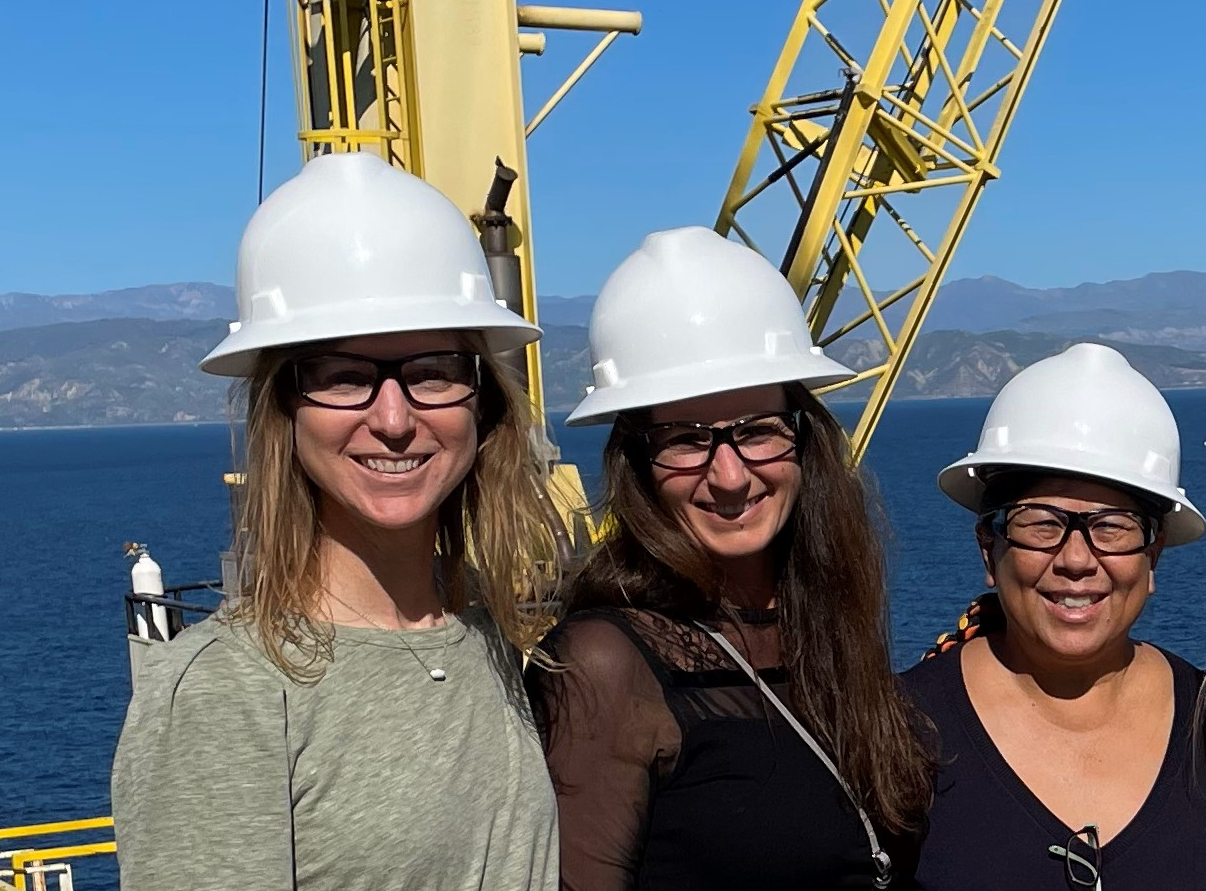
Photo: The State Lands Commission’s Jennifer Lucchesi (left) with colleague Sheri Pemberton (middle) and former CA State Controller Chair Betty Yee (right) on a federal offshore oil platform in 2022.
As this group considers everything that’s needed to preserve and protect our coasts, they’re looking across the field and into new directions — which is great, because the challenges that lay ahead are indeed multidimensional. There’s a unanimous reaffirming sense that we’re committed and in this together.
Amy Hutzel: We’re on the right, you know, arc of history, and California is hopefully leading the way and setting a really positive example.
Noaki Schwartz: We’re all trying to figure out, like, how do we move forward? How do we unwind some of the mistakes of the past? That really requires, you know, understanding policy, understanding how government works. And, you know, being willing to work really hard, but also to think really, really creatively. We’ve got to figure out a way to do it that just hasn’t been done before.
Jenn Eckerle: There’s so many opportunities: you could do community science, you could be an advocate; do outreach, restoration, beach cleanups; you could be a fisherman, you can work at the docks … if we don’t have everyone at the table, we’re not going to have solutions that really meet the needs and the values of everyone who cares.
Jennifer Lucchesi: We have all spent a lot of time in our respective agencies, in our respective areas, working very hard to move the ball forward. And now that we are all together in leadership positions, I think it just creates this really great environment of creative thinking, of collaboration, of communication. And that I have seen, just even in the last couple of months, has trickled down to our teams as well.
I feel very, very strongly about public service and working on behalf of the people of California and making sure that we can create and protect our coasts and our waterways for our future generations. I have three kids, so I’m extremely invested in making sure that California is a place that they can call home and thrive in for years to come.





